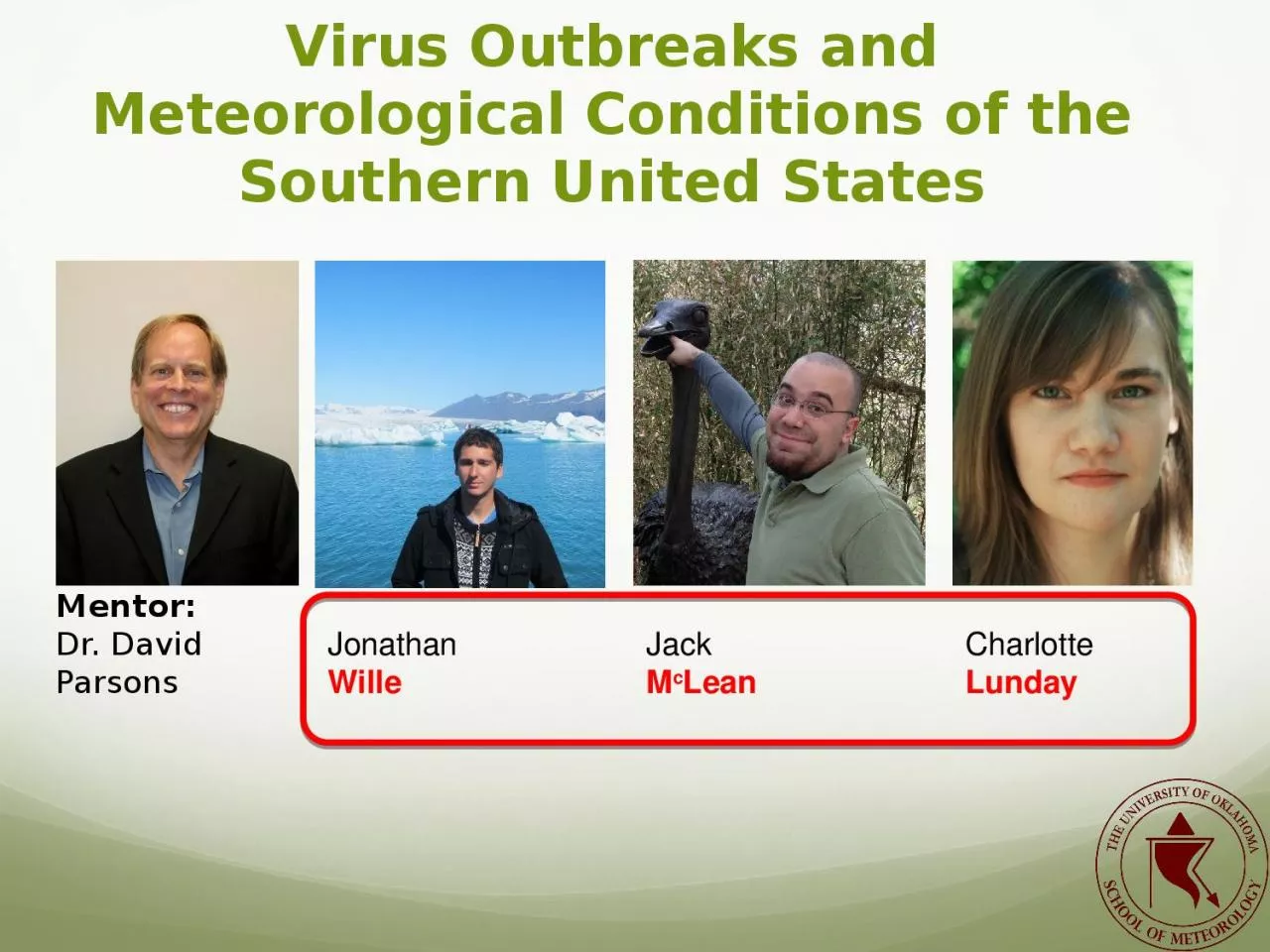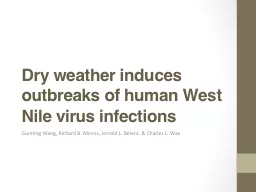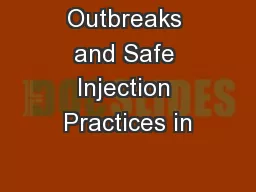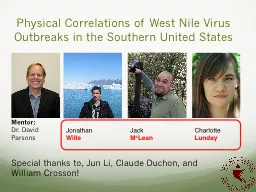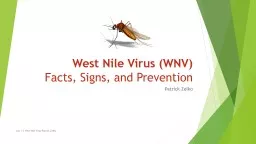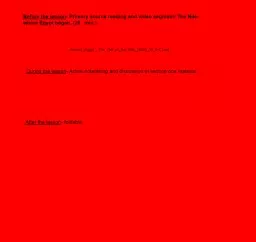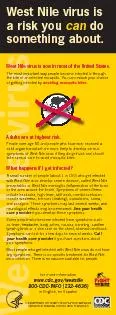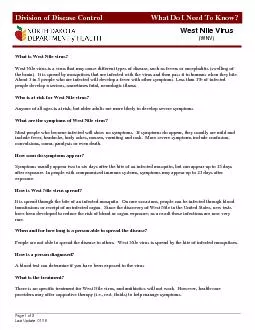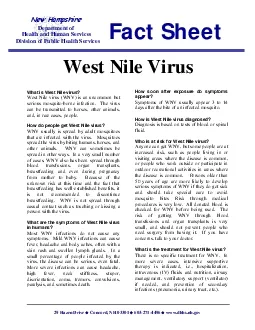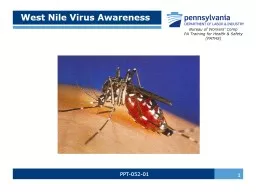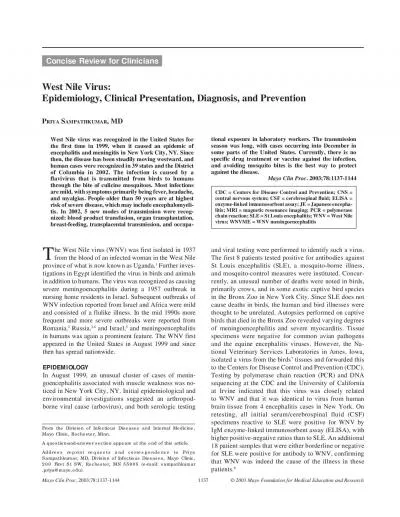PPT-Correlations Between West Nile Virus Outbreaks and Meteorological Conditions of the Southern
Author : queenie | Published Date : 2024-03-13
Mentor Dr David Parsons Jonathan Wille Jack M c Lean Charlotte Lunday Background 2012 WNV Outbreak largest in Texas Oklahoma history gt Oklahoma 187 Cases 12 Deaths
Presentation Embed Code
Download Presentation
Download Presentation The PPT/PDF document "Correlations Between West Nile Virus Out..." is the property of its rightful owner. Permission is granted to download and print the materials on this website for personal, non-commercial use only, and to display it on your personal computer provided you do not modify the materials and that you retain all copyright notices contained in the materials. By downloading content from our website, you accept the terms of this agreement.
Correlations Between West Nile Virus Outbreaks and Meteorological Conditions of the Southern: Transcript
Download Rules Of Document
"Correlations Between West Nile Virus Outbreaks and Meteorological Conditions of the Southern"The content belongs to its owner. You may download and print it for personal use, without modification, and keep all copyright notices. By downloading, you agree to these terms.
Related Documents

